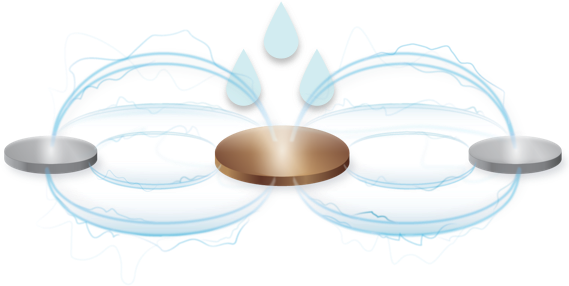
V.Dox Technology utilizes microcell batteries that are embedded into wound dressings using a proprietary process. These batteries are activated by application of a conductive medium.
A conductive medium is any solution that permits the flow of electrons. Examples: saline, hydrogel and water.
Once activated, V.Dox Technology generates electricity in a process known as an oxidation-reduction or REDOX reaction. Designed to mimic the skin’s internal electrical energy, it has been shown to reduce the risk of infection5,9-11 and accelerate cell migration and re-epithelialization.13
The body naturally creates and uses electrical energy to promote healing.
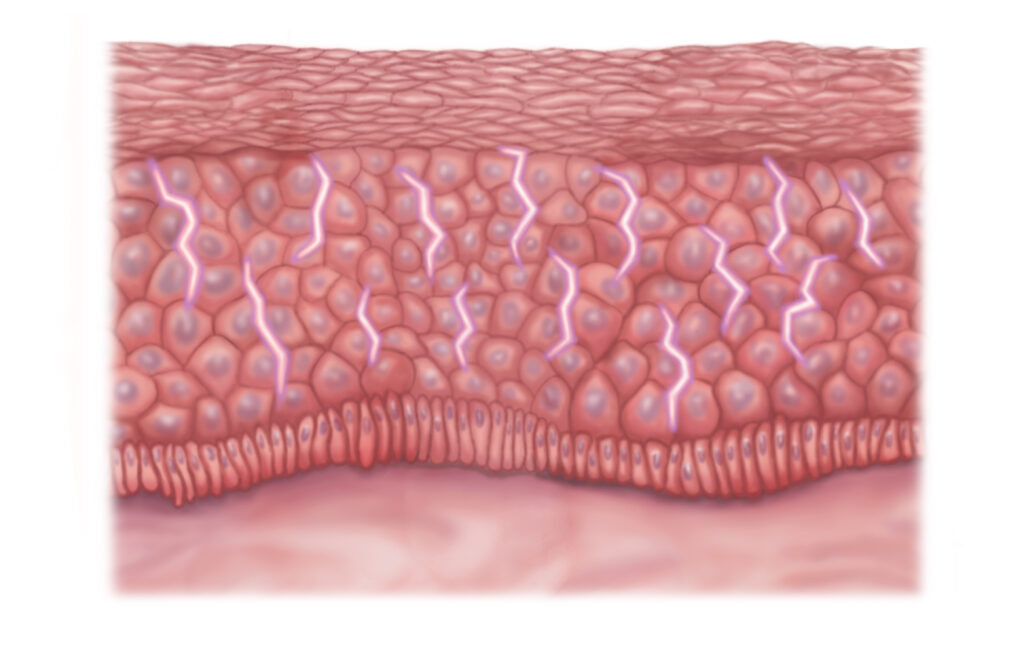
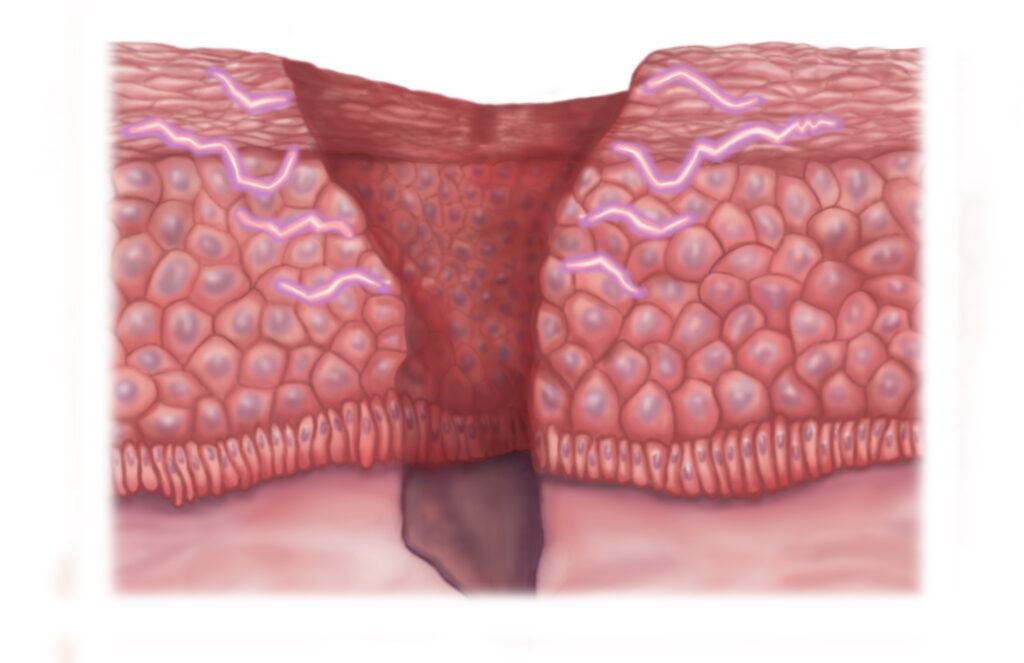
When skin is wounded, a change in electric potential occurs. These physiologic changes are essential to cell migration and wound healing.4
V.Dox™ Technology embeds microcell batteries onto the surface of wound dressings. Upon activation by moisture, they wirelessly generate electricity that mimics the electrical activity skin naturally creates and uses to heal itself.
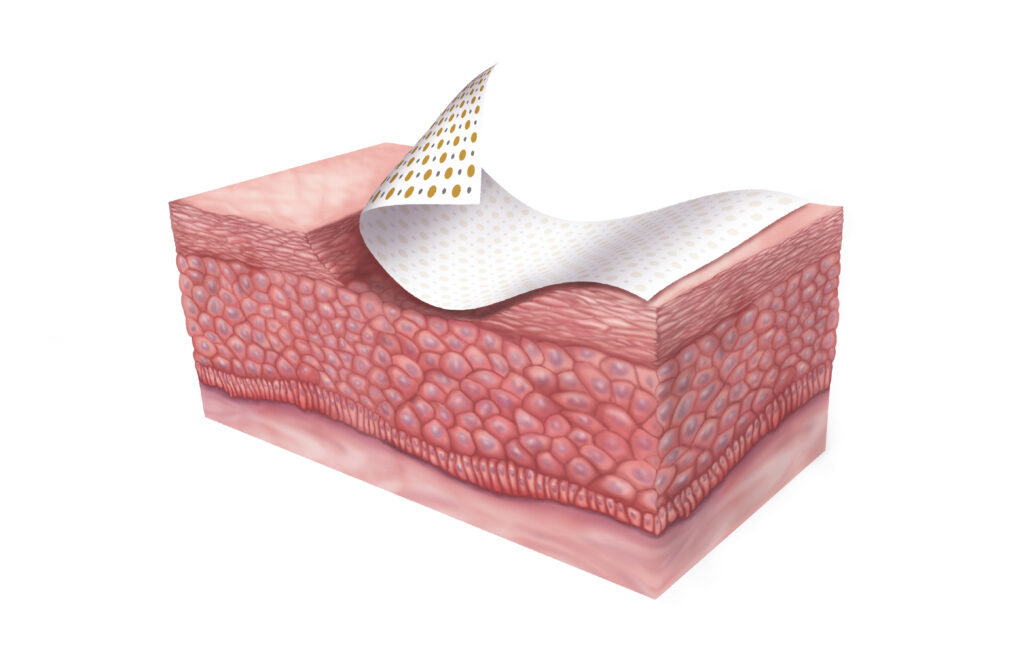
V.Dox Technology is designed to mimic the skin’s physiologic electrical activity, harnessing the power of electricity to reduce the risk of infection while supporting the body’s natural healing process.
V.DOX DIFFERENCE
A broad-spectrum antibacterial agent that has demonstrated impact against antibiotic-resistant bacteria and biofilm to dramatically reduce the risk of wound and surgical site infection.
Studies show V.Dox technology has the ability to:
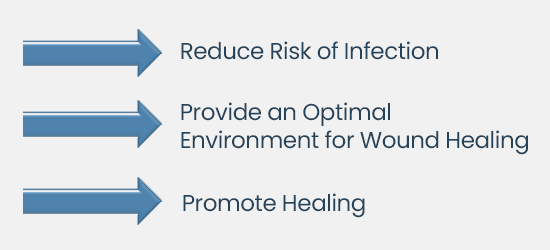
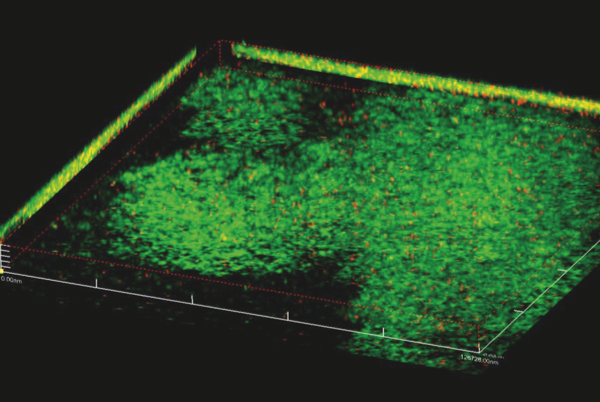
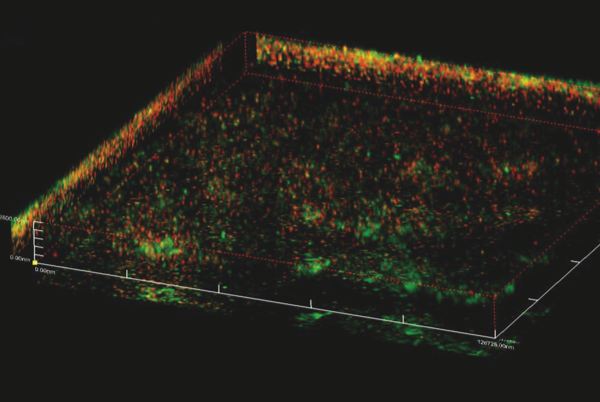

Live/dead fluorescence staining demonstrates killing of biofilm-forming P. aeruginosa bacteria within Vomaris’s antimicrobial dressing (see V.Dox Technology picture), compared to silver and placebo control dressings at 24 hours.6
Red=Dead Green=Alive
There is a large body of published evidence demonstrating V.Dox technology’s outstanding healing and antibacterial impact.

K-120 Rev. B – Last updated: May 2024